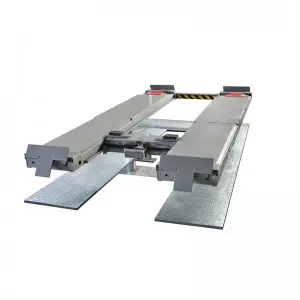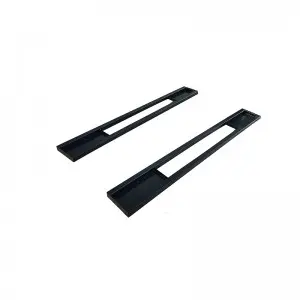Throughout the annals of history, the cylinder has always held a distinguished place among geometric shapes. From its origins in ancient Greece to its diverse applications in modern engineering, this three-dimensional figure continues to captivate and inspire. Let’s delve into the fascinating history and versatility of the cylinder, exploring its various uses and significance throughout different periods.

The Fascinating History and Versatility of the Cylinder: From Ancient Greece to Modern Engineering Marvels
The earliest recorded mentions of the cylinder can be traced back to ancient Greece, where great philosophers like Archimedes and Euclid explored its properties. Archimedes, in particular, made pivotal contributions to the understanding of cylinders, including his work on finding the volume and surface area of a sphere using cylinders and cones. Euclid, in his seminal work “Elements,” also extensively discussed the fundamental properties and measurements of the cylinder.
Fast forward to the Roman Empire, and we see the practical applications of the cylinder emerging. Roman engineers harnessed the power of hydraulics, using cylinders to create complex systems of aqueducts and drainage. The invention of the piston and cylinder technology, credited to Hero of Alexandria in the 1st century AD, further showcased the potential of the cylinder in powering machines and mechanisms.
During the medieval period, Islamic scholars and inventors made substantial contributions to the development of the cylinder. Al-Jazari, a brilliant Muslim engineer and polymath of the 12th century, designed numerous innovative devices that employed cylinders, such as water-raising machines and hand-operated pumps. Al-Jazari’s works, including his influential book “The Book of Knowledge of Ingenious Mechanical Devices,” became foundational texts for future engineers and inventors.
The Renaissance period brought forth a surge of knowledge and invention, with prominent figures like Leonardo da Vinci pushing the boundaries of scientific understanding. Da Vinci’s exploration of hydraulics and engineering concepts led him to propose the design of machines utilizing cylinders, such as cranes and water-powered mills. His meticulous and intricate drawings depicted cylinders as integral components of these innovative machines.
The Industrial Revolution marked a revolutionary leap in human progress, and the cylinder played a central role in this transformative era. With the advent of steam power, cylinders became essential components in steam engines, driving locomotives, factories, and machinery across the globe. The pioneering work of engineers like James Watt and Thomas Newcomen utilized the power of the cylinder, propelling humanity into an era of unprecedented industrialization.

The Fascinating History and Versatility of the Cylinder: From Ancient Greece to Modern Engineering Marvels
In the modern age, the versatility of the cylinder continues to astound us. From the complex internal combustion engines that power our vehicles to the hydraulic systems that enable heavy machinery operation, cylinders form the backbone of modern engineering wonders. The precise engineering and manufacturing techniques employed to create cylinders maximize their efficiency, durability, and overall performance, testament to the evolution of this shape throughout the centuries.
Beyond transportation and industry, cylinders find their place in our everyday lives as well. Pressurized cylinders containing compressed gases, like oxygen tanks or fire extinguishers, ensure our safety in emergency situations. Cylindrical batteries provide power to an array of portable electronic devices, while highly engineered cylinders are used in the medical field for applications such as artificial limbs and prosthetics.

The Fascinating History and Versatility of the Cylinder: From Ancient Greece to Modern Engineering Marvels
In conclusion, the cylinder has transitioned from its humble beginnings in ancient Greece to become a symbol of human ingenuity and progress. From Archimedes and Euclid to Leonardo da Vinci and the industrial pioneers, the cylinder’s significance has been realized and harnessed by some of the greatest minds in history. Today, its extraordinary versatility continues to shape our world, propelling us towards new frontiers of engineering excellence and technological advancement.quick car jack lift
